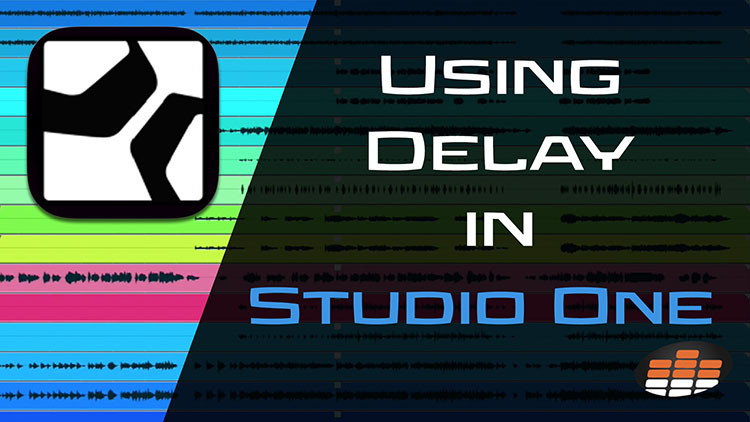Carlo Libertini is a Melodyne audio editing specialist with Music Marketing Inc. of North America. He’s also an audio production engineer with twenty years’ experience, and performs trainings, demonstrations, and services for top studios and institutions across the country. In between production responsibilities he conducts online training seminars, collaborative production meetings, software demonstrations, and video tutorials.
Of course, Carlo is our resident Studio One expert, too! In this segment, he shows how to set up and use delay in your mixes!
Delay is one of the most creative tools we have at our disposal in audio production. It’s also a very versatile effect, from reverb-style delay to ping-pongs and slapbacks.
As Carlo previously demonstrated with using reverb, the first step in Studio One is to create a Send for delay. This is done by right-clicking the Send field on a track and choosing Add Bus for Selected Channels. Now, it’s a good idea to rename the bus something relevant—in this case, “Delay” makes sense, right?
Now you can send the selected track to the bus by clicking the “+” sign next to Sends on the track. You’ll find your newly created Delay bus as an option. This gives you control over the amount of signal from the instrument you want to send to the delay bus.
Finally, you’ll want to add a delay plugin to the bus. Studio One’s stock Analog Delay is a great choice. You’ll notice in this example Carlo applies delay to a left-panned acoustic guitar, and creates stereo width that wasn’t previously there by subsequently panning his delay hard right.
There are many functions of delay, but this is one of the ways it’s applied to create a cool stereo effect on a mono instrument!





